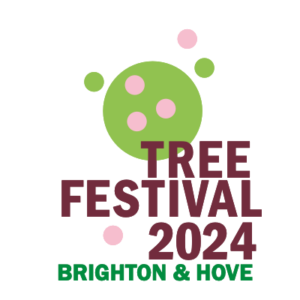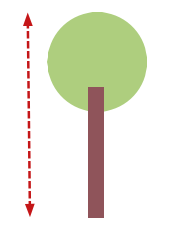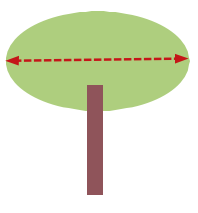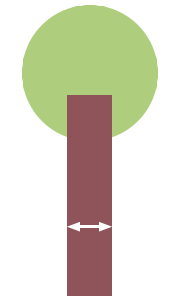Champion School Trees

We invite all our schools to take part in the festival and to celebrate their special trees. We’d like to learn where the tallest, widest, and oldest trees are in Brighton and Hove’s schools, and what makes them special.
If you have no trees, you could choose a tree or trees in your nearest park or open space. The processes you will go through link to KS1 through to KS3 with links into Geography, Science, Maths and English.
What we need from you
Select a tree or trees and tell us the height, spread, girth and age, and what it is. Please provide a photo of the tree, with detail of leaves and any flowers, fruits or nuts. Tell us why the tree is special. Let us have photos, artwork including paintings, drawings and collage. We will exhibit the best material received at Jubilee Library. All activities are designed to get children ‘up close and personal’ with trees, in order to interact with them as much as possible.
Height
Tree height can be measured in many ways. We suggest the following method; children should work in pairs. Each measures the height of the other and records the result. One child stands up straight with their back to the tree. The second child walks away from the tree, turning around occasionally to check, until, with one arm outstretched, a pen or pencil held vertically appears to be the same height as the other child. With one eye closed, the pen or pencil is moved up the tree to see how many times it fits the height of the tree from ground level to the top. The number is recorded, and multiplied by the height of the other child to give the approximate height of the tree. Now change roles and see if the result is the same.
Spread
Tree spread can be measured in many ways. We suggest a method: again working in pairs, each child measures the length of a step of the other child and records the result. Choose a tree and using a compass find out which are the north, east, south and west sides of the tree. For each point of the compass one child walks from the trunk to the outermost leaf of the tree counting their steps. The four numbers are recorded and added together, then multiplied by the pace length of the first child. Divide this number by two to give the spread (diameter) of the tree. Again, change roles and see if the result is the same.
Girth (and age)
Again, many methods exist to measure girth. This is what we suggest: gather together as many children as are needed. Children hug the tree with arms outstretched, fingertip to fingertip. Once the tree is encircled, measure the outstretched arms of each child and add the numbers together. This gives the girth of the tree. Ideally this should be done at a height of 1.3m above the ground, but with smaller children this will not be possible, so record also the average shoulder height of the children involved.
From girth, age can be estimated. On average, one year’s growth is equivalent to 2.5cm, so if the result is divided by 2.5cm, an approximate age will be found.
Take part
You can submit your entry online or download and post your submission to us using the forms below.
Download a submission form [PDF]
Download a consent form [PDF]
We are very grateful for the generous support of our sponsors.





